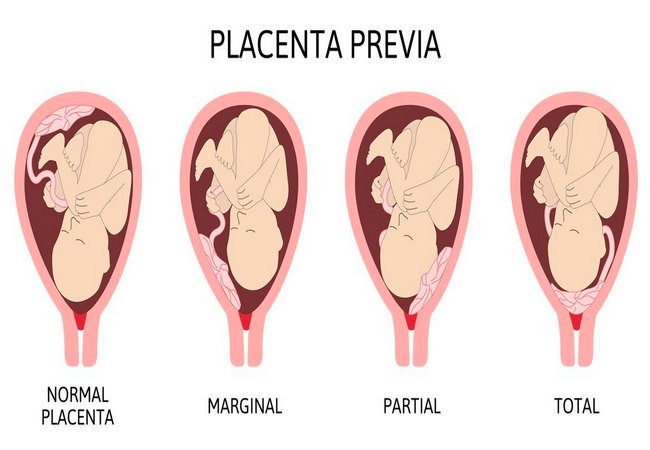Symptoms and Causes of Hyperemesis Gravidarum (HG)
What is Hyperemesis Gravidarum?
Hyperemesis gravidarum (HG) is a severe type of vomiting of pregnancy which has got deleterious effect on the health of the mother &/or incapacitates her in day to day activities. It is a complication of pregnancy that is characterized by severe nausea and vomiting such that weight loss and dehydration occur.

Causes of Hyperemesis Gravidarum:
Possible causes or contributing factors include the following:
- Rising levels of hormones, such as human chorionic gonadotropin (HCG), estrogen, and progesterone early in pregnancy.
- Increase in blood thyroxine levels, which has been documented in 70 percent of hyperemesis gravidarum cases, according to the HER Foundation.
- A multiple pregnancy (twins, triplets, etc.).
- Abnormal tissue growth in the uterus, called a hydatidiform mole.
- Liver abnormalities.
- Regurgitation of the contents of the duodenum (upper small intestine) back into the stomach.
- Abnormalities of peristalsis (the way the gastrointestinal tract moves content along).
- Abnormalities of fat in the blood.
- Inner ear problems.
- Infection with Helicobacter pylori, or H. pylori (the organism that causes stomach ulcers).
- Deficiency of the nutrients pyridoxine and zinc.
Signs and Symptoms of Hyperemesis Gravidarum:
HG usually starts during the first trimester of pregnancy. Some of the most common symptoms of HG are:
- Severe nausea and vomiting,
- Vomiting more than three or four times per day,
- Food aversions,
- Weight loss of 5% or more of pre-pregnancy weight,
- Decrease in urination,
- Dehydration,
- Headaches,
- Confusion,
- Fainting,
- Loss of appetite,
- Feeling light-headed or dizzy.
Hyperemesis gravidarum may lead to the following symptoms and conditions:
- Severe nausea and vomiting.
- Anemia.
- Dizziness, lightheadedness, and fainting.
- Increased salivation.
- Headaches
- Confusion
- Low blood pressure.
- Yellowing of the skin and eyes (jaundice).
- Rapid heart rate.
- Overactive thyroid or parathyroid.
- Nutritional deficiencies.
- Metabolic imbalances.
- Dehydration and production of ketones (sometimes leading to breath that smells “fruity”).
- Increased sense of smell.
- Distorted sense of taste.
- Loss of skin elasticity.
- Loss of over 5 percent, and usually over 10 percent, of pre-pregnancy body weight.
- Difficulty with daily activities.
- Psychological issues many women with hyperemesis gravidarum also experience depression, mood changes, anxiety, or irritability.
Risk Factors of Hyperemesis Gravidarum:
It includes the following:
- Having the condition during a previous pregnancy.
- Being pregnant with more than one baby.
- Being overweight.
- Having a multiple pregnancy.
- Being pregnant for the first time.
- Having trophoblastic disease (abnormal growth of cells inside the uterus).
- Family history of other women developing the condition.
Trophoblastic disease can also cause HG. Trophoblastic disease occurs when there’s an abnormal growth of cells inside the uterus.
More questions related to this article:
- What do you mean by hyperemesis gravidarum?
- Define hyperemesis gravidarum.
- What are the causes of Hyperemesis Gravidarum?
- What are the reasons of it?
- What are the sign and symptoms of hyperemesis gravidarum?
- Who is at risk for hyperemesis gravidarum?
- What are the risk factors of hyperemesis gravidarum?











